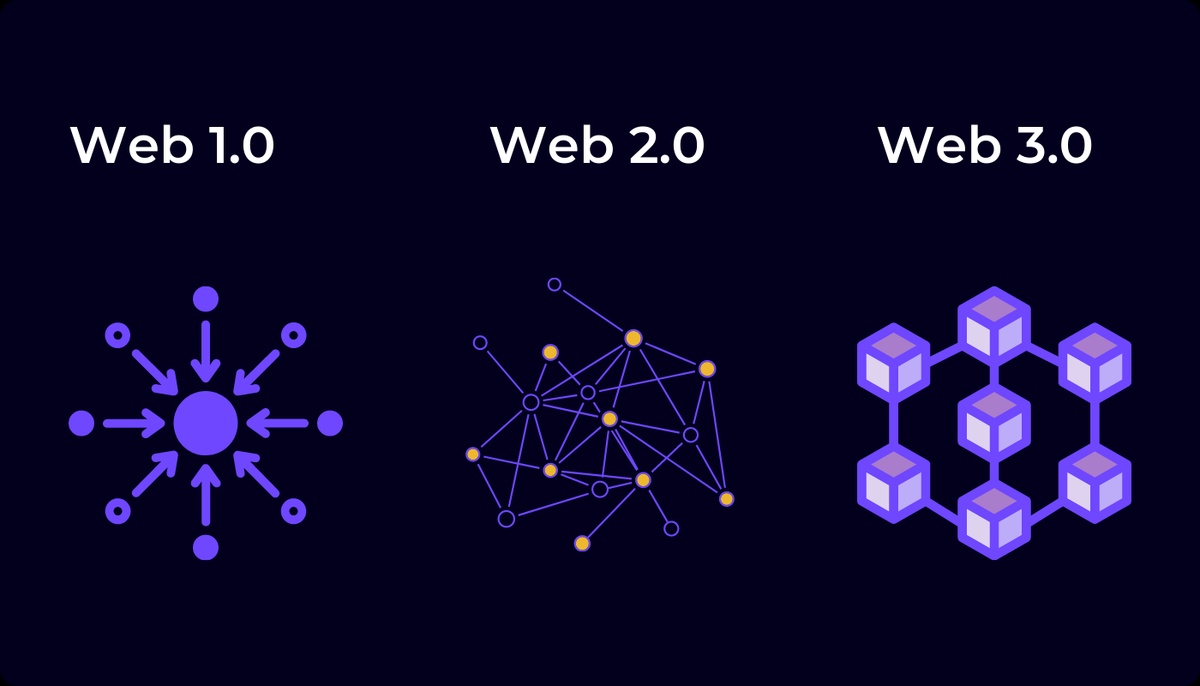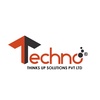Introduction
The internet, a dynamic entity that has fundamentally altered how we connect, share, and conduct business, is in the midst of a transformative evolution. We've journeyed from the early days of static web pages (Web 1.0) to the interactive, user-generated content era of Web 2.0. Now, the horizon is graced by the promising dawn of Web 3.0. In this blog, we will explore this fascinating evolution, tracing the path from Web 2.0 to the cutting-edge innovations of Web 3.0.
Web 2.0: The Era of Interactivity
Web 2.0 marked a significant departure from the internet's static origins. During this phase, the internet transformed into a dynamic platform, characterized by user-generated content, social media, and interactive web applications. It was a period of collaboration and sharing, where individuals could actively participate, shaping the digital landscape collectively. Websites like Facebook, YouTube, and Twitter became household names, heralding the age of social networking and online collaboration.
The Promise of Web 3.0 : Decentralization and Intelligence
Web 3.0, often referred to as the Semantic Web, represents the next evolutionary leap. It introduces revolutionary concepts that are reshaping the internet experience:
-
Decentralization: One of the core tenets of Web 3.0 is decentralization. Powered by blockchain technology, it eliminates the need for central authorities, enabling a peer-to-peer network where information and transactions occur directly between users. This decentralization fosters trust, security, and ownership of digital assets.
-
Artificial Intelligence and Machine Learning: Web 3.0 is intelligent. Advanced AI algorithms analyze vast amounts of data, offering personalized and context-aware experiences. From recommendation engines to chatbots, AI enhances user interactions, making online experiences more intuitive and efficient.
-
Interoperability: Web 3.0 emphasizes interoperability, allowing different applications and platforms to seamlessly communicate. This interconnectedness ensures a cohesive digital experience, enabling users to navigate various services effortlessly.
Web 3.0 in Action: Real-World Applications
-
Decentralized Finance (DeFi): Web 3.0 has revolutionized the financial sector through DeFi platforms. Users can lend, borrow, and trade cryptocurrencies without traditional intermediaries, democratizing finance.
-
Non-Fungible Tokens (NFTs): Web 3.0 enables the creation and ownership of unique digital assets through NFTs. Artists, musicians, and content creators can tokenize their work, proving authenticity and ownership in the digital realm.
-
Decentralized Applications (DApps): Web 3.0 supports the development of DApps, applications built on blockchain technology. These apps operate without central control, ensuring transparency and security for users.
Conclusion: The Ever-Expanding Horizons
The evolution from Web 2.0 to Web 3.0 signifies more than just technological advancements; it represents a paradigm shift in how we perceive and utilize the internet. As we embrace the decentralization, intelligence, and interoperability of Web 3.0, we step into a future where the internet becomes not just a tool but a collaborative, intelligent, and user-centric ecosystem. The journey from Web 2.0 to Web 3.0 is a testament to the limitless potential of human innovation, forever expanding the horizons of what the internet can achieve. Welcome to the era where the internet is not just a platform; it's a boundless universe of possibilities.


No comments yet